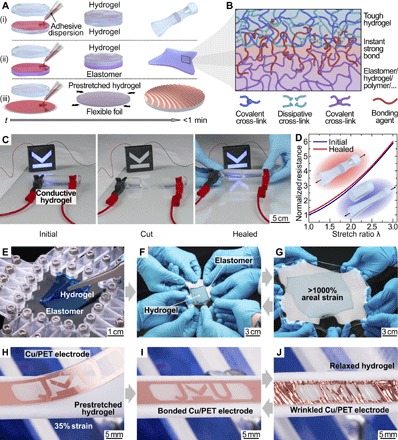Fig. 1. Instant tough bonding of hydrogels to a wide range of materials.

(A) Schematic illustration of the bonding method. An adhesive dispersion is used to instantly tough-bond (i) heterogeneous hydrogels, (ii) hydrogels and elastomers, and (iii) rigid to flexible foils to (prestretched) hydrogels in less than a minute. (B) The bonding agent links tough hydrogels with covalent and dissipative cross-links to elastomers, and the formed interface is instant and tough yet remains stretchable. (C) Instant healing of a conductive hydrogel rod used to light up a light-emitting diode (LED) circuit. Both mechanical and electrical properties are restored after complete incision. (D) Normalized resistance versus uniaxial strain before (blue trace) and after (red trace) healing a hydrogel conductor. (E to G) Hydrogel square (colored blue for visibility) bonded to a transparent elastomer. The soft hybrid is stretched more than 1000% in area without delamination. (H to J) A conducting Cu-coated poly(ethylene terephthalate) (PET) foil is tough-bonded to a prestretched hydrogel. Upon release of the prestrain, out-of-plane wrinkles form in the foil, creating a reversibly stretchable soft-hard hybrid.
